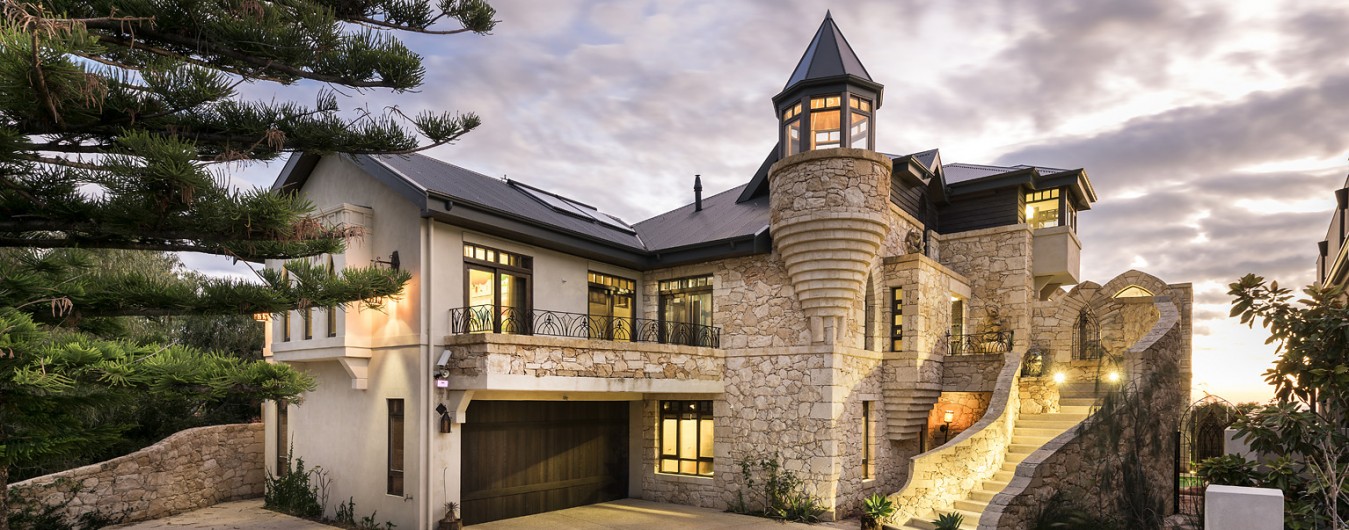The State of Greenness in Melbourne, Australia: Part 4
February 22nd to Feb 26th, 2010
Green Cities and Universities Report: Part 4
by Garry Baverstock AM, Adjunct Professor, Murdoch University, Western Australia
Who Turned the Lights on
On a humorous note, or ironical one dependent on one’s sensibilities, I noticed that the large retrofit project for the Building Commission/ Plumbing Industry Commission at 733 Bourke St, had all the lights turned on. As a predominately day use building it was covered with an exhaustive number of high bay fittings and despite their being an amazingly successful natural light level in the spaces, the lights were still used and there was no dimming mechanism to save energy. The obvious question was what is the point of having a 6 star building and you leave all the lights on?
Over many years this has been my criticism of many efforts in relation to sustainable development. The use culture is all-important and the stakeholders must be committed. Otherwise, we will be achieving very little and just adding cost and complexity to building projects. It was a little embarrassing when I ask the question of why the lights were all switched on, but at least I exercised the decorum to address the question to the CEO privately. I know the use of day lighting and dimming technology had the potential to save Bunnings’ warehouses about 50% of their lighting bills across Australia. Their lighting bills were a significant component of their energy costs. This was the result of our Murdoch University/RISE investigation over 18 n months, so I did know the impact of a 6 star building leaving all the lights on. The rating would be meaningless. I guess this will be rectified in due course.
This docklands project was in fact very well done. There would be no issues at all in leaving the lights completely off most days and having an operable dimming control that would probably save 50% energy on the general lighting even on dull days in Melbourne. So there was some action needed to turn this 6 star-opportunity into a reality. In my opinion there were far too many fittings needed for a building of this type and hours of use. If parts of the building were to be used at night, then instituting a task lighting strategy would have been a far more energy efficient option. But, it is encouraging seeing emerging examples of buildings designed to encompass potential energy and water efficiency.
However from the tour of other buildings in the Docklands precinct, I concluded that many architects and engineers have some way to go in designing effective summer shade mechanism externally. Fad and fashion are still overly dictating the final results. I am hoping that aesthetics and function will one day rejoin as a design philosophy. When generation X and Y realize they are actually inheriting this earth and need to step up to the plate to deal with measured outcomes, then Green Building as a movement will move onwards to where they need to be.
Fashion vs. the Sun
Fashions come and go but the solar radiation issues remain. I was surprised to see so many highly rated buildings exposing huge areas of unshaded glass on the eastern side of buildings. One may get away with this in Melbourne for most of the year, but occupants still fry in hot weather. In no way would a building be considered energy efficient in Perth with such exposure. I am also concerned that fad and fashion to mechanical solutions are also adding costs unnecessarily to many of these buildings when low cost innovative alternative are available. The lack of use of solar air collectors for winter heating was also little disappointing. These solutions have been around for decades. There needs to be more innovation applied and this is where the linkage of innovators with more focused university research could deliver better and more cost effective solutions as green buildings and their assessment methods evolve.
When Fact Overrides Opinion
The science is now telling us that a run away green house effect could be the outcome of the human race not addressing climate change effectively over the next 40 years. Culture change is going to be needed and will be a large component of achieving success when really, failure is not an option.
My perception in talking industry people, consultants as well as university administrators there is growing progress in the East of Australia but a laggard attitude in Western Australia. I find this particularly frustrating after 40 years of developing expertise and pushing the cause. Murdoch University has been punching way above its weight with environmental education and research for such a long time. A fresh resurgence is now needed as all universities are in a fashion stepping up to the plate. However to be effective and efficient with the resources currently being made available by the Federal government a new era of collaboration needs to occur. This will only happen if external professionals and key industries get involved to make university education and research relevant to the cause. This is why I spend so much time attempting this approach.
The next 5 years are going to be very interesting indeed. Let’s hope that proper benchmarking of progress is possible and real advances, not perceived advances are made. But what Australia does not need is a series of “sheltered workshop” type research centres studying esoteric aspects. We need integration and collaboration with leaders from the professions and industry to achieve meaningful and useful results.
My perception from the Melbourne excursion is that there is a lot more work needed to nail the truths and realities down. As Al Gore has recently said, “we are all entitled to our opinions, but we have no rights to our own facts!”










